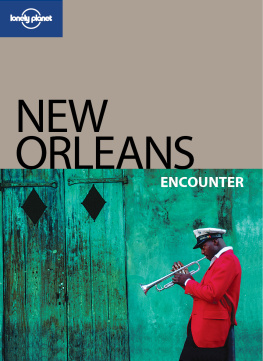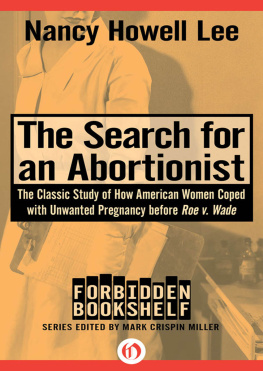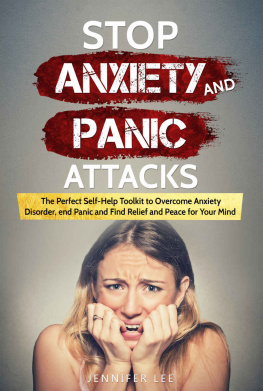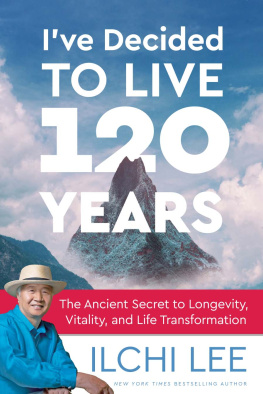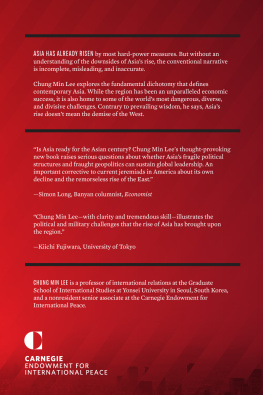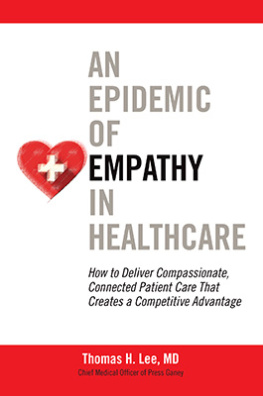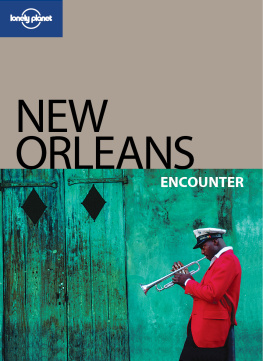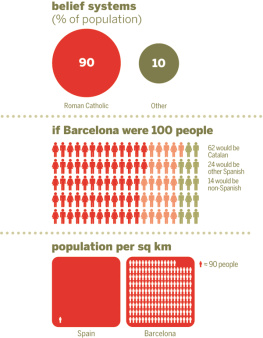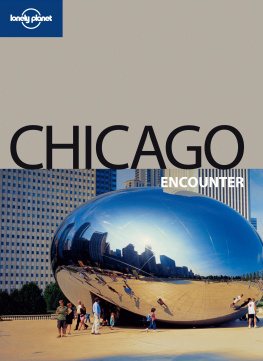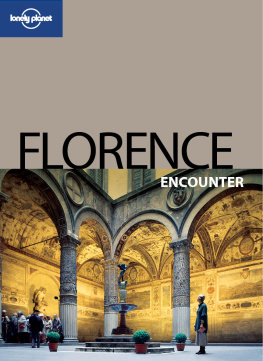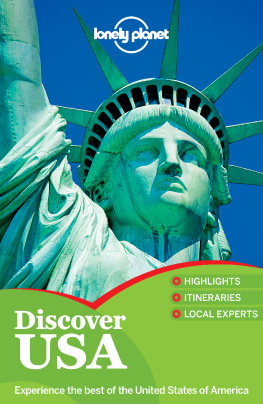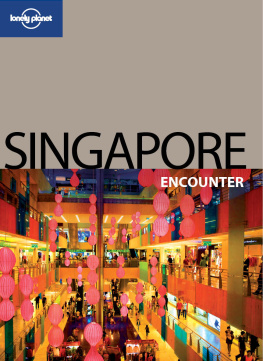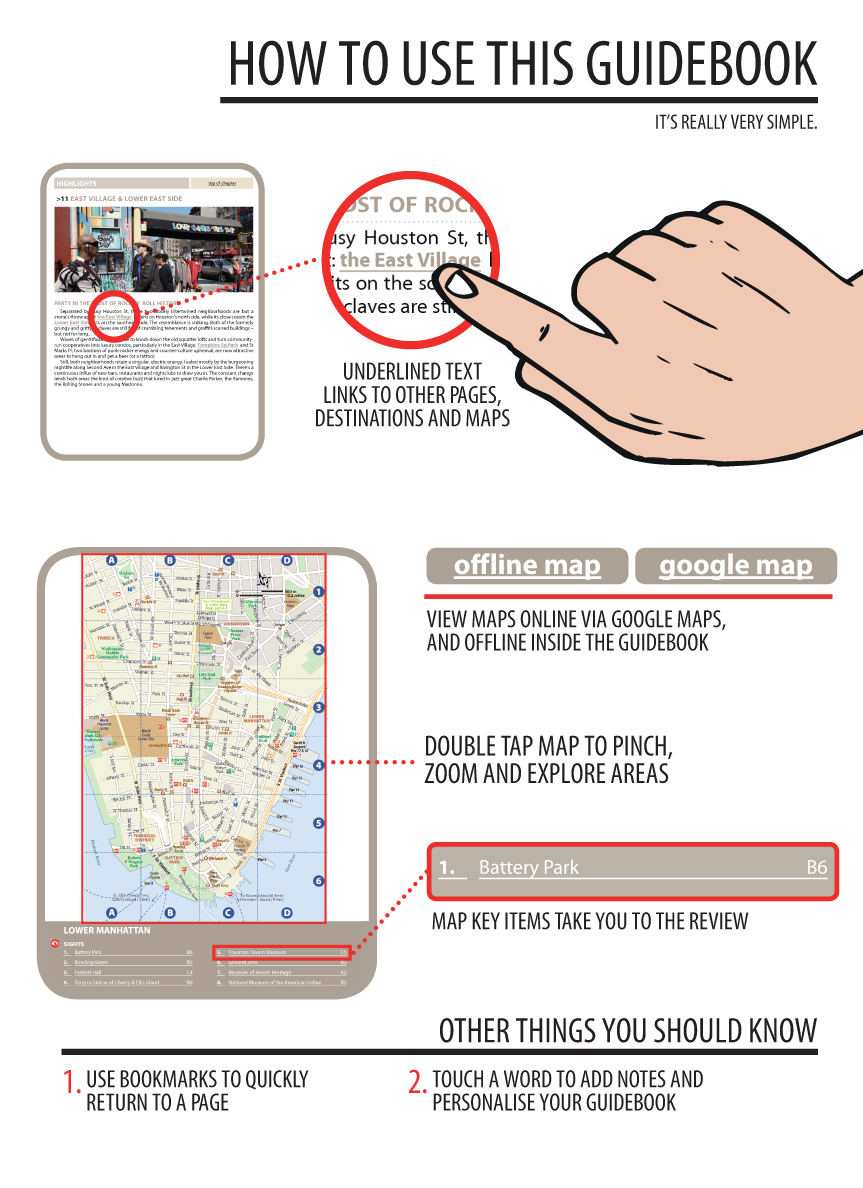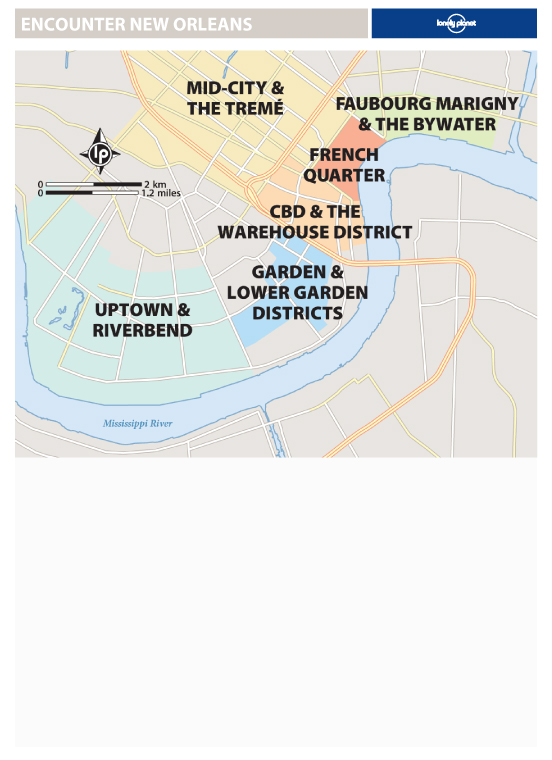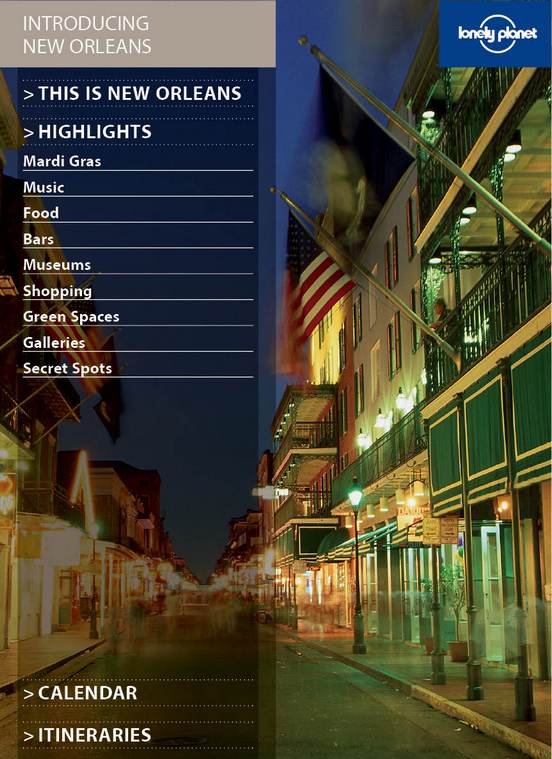This is new orleans
There are two views on this town post-Hurricane Katrina. One: New Orleans is back. Two: New Orleans is still suffering. And theres the truth, which lies somewhere between these opinions.
Sweet zydeco music like a bugs buzz on Bayou St John and bacon cooked in brown sugar in the Bywater; a second line dancing up Esplanade after church on Sunday; the wind bending the trees in the Garden District while folks kick back with a beer and a boil (of crawfish). Welcome home, New Orleans.
Milneburg houses tagged with rescue-worker code listing the number of dead within; suburban split-levels in Lakeview whose owners never returned; stretches of the Lower Ninth Ward that arent devastated so much as turned into wilderness, reclaimed by nature. Where is home, New Orleans?
Being made. New Orleans is neither back nor gone: shes changed, simultaneously one of the oldest cities in the country and the newest, a child of America who acknowledges both the troubles of her history and the fact those growing pains give her the nations most distinctive sense of place. And shes passionately embracing the future, with every green building project and community organization and arts center and sustainable business that crops up. These places serve both the home that was and the home that will be: the new New Orleans, not so much reborn, as reincarnated.
The character of the city and the home shes rebuilding is partly in the hands of travelers, backbone of the local economy. But dont push her too hard. New Orleans doesnt do things like the rest of America. She cares less about deadlines and more about taking time for a neighbor, planting strong trees that withstand salt water and giving lagniappe, Creole for a little extra.
So hold tight, ya heard? She is coming back. And in New Orleans the wait is always worth it.
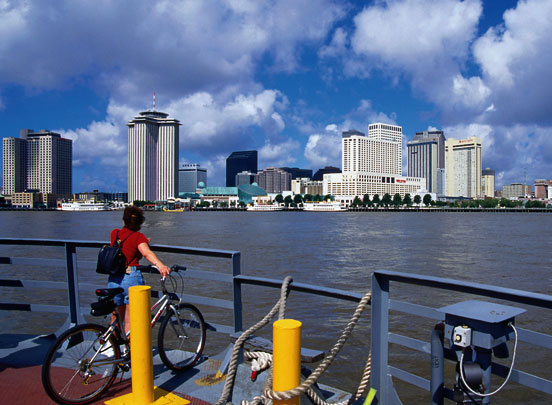
The city skyline looms on a ferry ride across the water
LEE FOSTER
>1 mardi Gras
Get your party on at Mardi Gras
Play the word association game and New Orleans and Mardi Gras end up going together like peanut butter and jelly or, as is more likely in this town, a beer and a shot.
That connection makes sense, although maybe not in the way you imagine. Yes, Mardi Gras is the ultimate expression of the New Orleans love of life, and in those lines of paraders and revelers is more than an embrace of hedonism. Mardi Gras contains within its pageantry much of the history, social divisions, community connections and cultural background of this town.
To begin with, Mardi Gras is rooted in the Catholic tradition of allowing an annual period of profanity, in the original Latin sense of the word Pro fane, to come (and act as you please) before the temple. This was the day sin could be let loose, desires embraced and the inner animal indulged before the period of Lent and the human discipline required for fasting (hence also carnival from the Italian carne levare to remove meat). This link to Catholic character is quintessentially New Orleanian, a phenomenon explored in museums like the , dedicated to the history of Mardi Gras and, ironically, housed in a former residence of Capuchin monks.
But these French-Spanish Catholic roots (for New Orleans was originally a French-Spanish Catholic town) were supplanted and altered by the arrival of American immigrants after the Louisiana Purchase. The Americans wanted to prove their wealth, embrace a new culture and build their own social conventions. So they formed krewes, the parading societies of Mardi Gras that sometimes celebrate, sometimes subvert and sometimes act as the citys aristocracy, with names that literally evoke myth and kingship: Momus, Comus, Hermes and Rex. And New Orleanians bow to this monarchy, literally baring themselves (to the infamous Mardi Gras catcall: Show your tits!) for the chance of being tossed plastic beads from royalty on a float. You can see some of the best floats, by the way, at .
Yet Mardi Gras also became a means for blacks to assert their traditions, even co-opt power. Hence the ceding of some parts of the city to the famous Mardi Gras Indians, African Americans who dress like the Native Americans who fought against white invaders; the Skull and Bones clubs, who evoke death to oppose the celebration of life; the Baby Dolls, black women who reclaim their womanhood while playing the part of an ingnue; and super krewes, like Bacchus, who epitomize America by allowing anyone who can pay the dues to join their club. Visit the to connect to these multiple cultures at the heart of many New Orleanian communities.

Participant in costume at New Orleans Mardi Gras Parade
RAY LASKOWITZ
>2 music
Live live music
Live music is not just the core of the New Orleans nightlife scene. Its a keystone of this citys character. And a huge gift the Crescent City has given the world.
For hundreds of years African American slaves in the USA were denied the right to congregate, celebrate, speak their old languages or engage in their old rituals, but for almost a century New Orleans was not America. Under French law slaves could gather once a week, in , and recall the rituals of West Africa. They kept a musical tradition alive, and in a sense, that tradition kept slaves alive.
Music was not just something to listen to: it was the soul of a people displaced. In parts of town settled by the French (or American areas mimicking the French), knowledge of classical music was a sign, by continental European values, of a healthy education. Black and white worlds met when white men kept black women as official mistresses under a system known as placage (). While never officially married, the white male was expected to handsomely house and provide for his mistress and any resulting children. These mixed-race progeny were often educated in Europe. The music of these three worlds met on the Mississippi and gave us jazz and the foundation of all American pop. Music was the voice of New Orleans.
And still is. Let us be clear: good gigs pop off every night and follow your ears wherever they find happiness. Youll likely be pulled in several dozen directions, all of them leading to a happy gig-grounded ending.
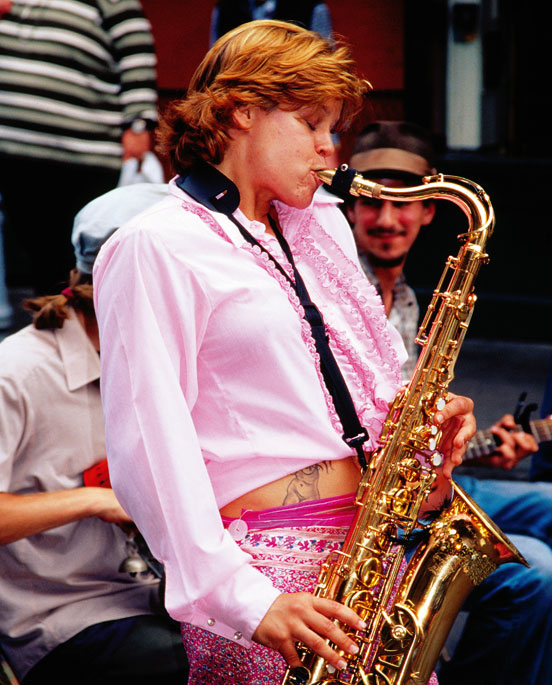
Street performer in French Quarter
RICHARD CUMMINS
>3 Food
Eat Til You Die
This author is typing these words in New Orleans. That means he just ate better than you.
This is, after all, New Orleans,

